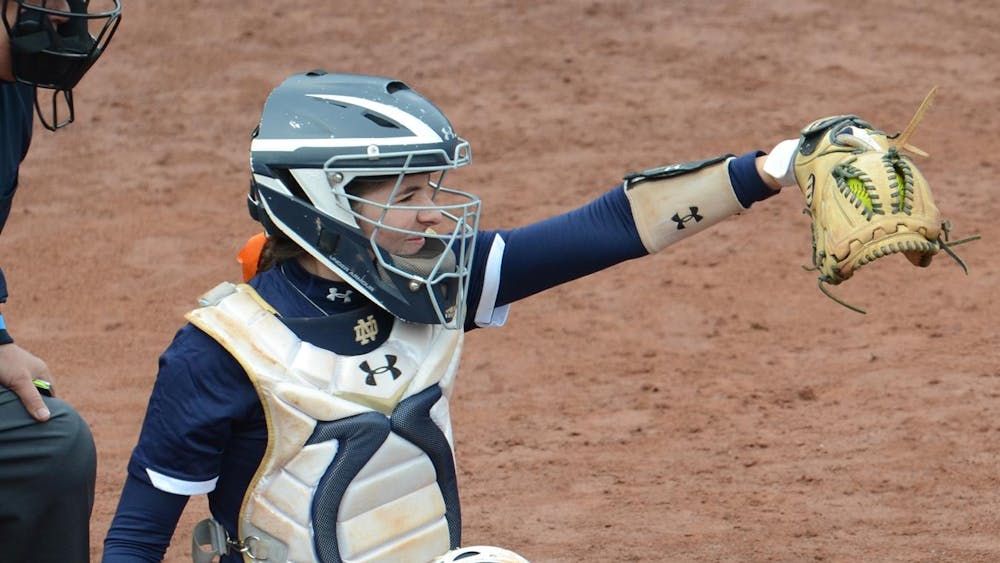Three games.
Two overtimes.
Three buzzer beaters.
Yet not nearly enough recognition nor media attention was given to arguably the greatest weekend in the history of the March Madness in either men’s or women’s basketball. Given the high level of play in the women’s Final Four, the media coverage and fan viewership should reflect numbers similar to that of the NBA and men’s tournament, but viewership and coverage were very selective.
For two games that went into overtime, the viewership for the Final Four suffered a viewership decline. According to Sports Media Watch, the semifinals game dropped 21 percent from last year’s UConn vs. Mississippi State game, and the national championship suffered from its lowest viewership since 2009. It’s shocking to see that some of the most competitive basketball in the tournament wasn’t getting a lot of viewership.
Considering the press coverage and social media buzz, I’m pretty sure Loyola Chicago’s Sister Jean and UMBC’s Cinderella narratives were given more national news coverage and spotlight than most of the entirety of the women’s tournament. The storylines practically wrote themselves: “UConn dethroned again,” “Mississippi State comes up Short, Notre Dame Back on Top,” but even nationally-regarded papers failed in the giving women’s basketball the platform it deserved.
While perusing through five high-end media sites such as the Washington Post, New York Times, Bleacher Report, ESPN and CBS Sports, the only three outlets that that featured the women’s Final Four on its sports top stories were Bleacher Report, ESPN and CBS Sports. But none of the three had the women’s Final Four as the cover story. The sports cover story was reserved for the Los Angeles Rams free-agency acquisitions and which quarterback will have the unfortunate pleasure of being drafted by the Browns.
The remaining two news outlets had the women’s Final Four games featured under the label “other stories.” One of the few times of the year that women’s basketball has an opportunity to shine, and it’s a shame to see elite competition in women’s basketball being overshadowed by one of the NFL’s most lackluster franchises. The little attention given to the Final Four and championship games were interrupted hours later with news from the men’s tournament. Why the discrepancy in coverage, especially when the level of basketball on the women’s side is just as good, and even more fundamentally sound than the collegiate men’s basketball and the NBA?
Coverage for the women’s side has been so limited that the only team a majority of sports fans know would be Geno Auriemma’s UConn Huskies. My colleague Elizabeth Greason wrote about UConn’s blowout win against St. Francis in the opening round of the tournament being shameful, but UConn’s dominating nature has been good to women’s basketball from a national perspective. Out of a combined 50 women’s basketball games from both the NCAA tournament and the NIT, UConn’s 88-point lopsided victory was the only game given significant coverage over the opening round of the tournament by fans and media with the team trending on Twitter. Throughout the game, news outlets sent mobile updates to subscribers urging them to watch, and the mobile alerts are consistent with games that feature the Huskies.
All eyes have been on the Huskies the last few years, but UConn’s dominance has elevated games of numerous other programs. Currently, there are many other teams deserving of the same national spotlight that’s been exclusive to the Huskies. If you’re still skeptical, UConn’s two buzzer-beater losses in the NCAA tournament makes a strong case that there are other teams ready for the spotlight.
Now that the tournament is over, if you feel as if you missed your chance to start watching women’s basketball, there is another opportunity before collegiate hoops start back up again in the fall — the WNBA. Exciting games for women’s basketball extend past March Madness, especially ever since the WNBA eliminated conferences in its playoff seeding. Conference-less seeding has caused the last two WNBA Finals to go to winner-take-all games that have been decided by a single possession. Competitive basketball exists outside of the NBA, and conference-less basketball and a shortened second-possession shot clock proves how the WNBA has advanced basketball as a whole. Hopefully this most recent tournament was a wakeup call for many to get both media and sports fanatics to hop on the women’s basketball bandwagon.













